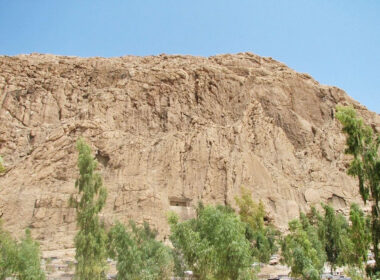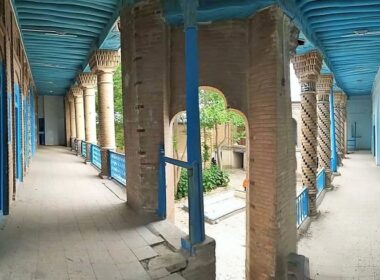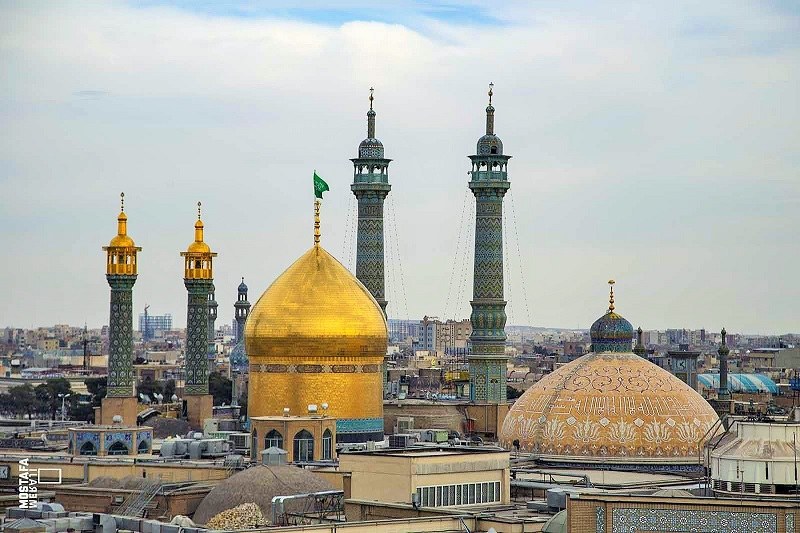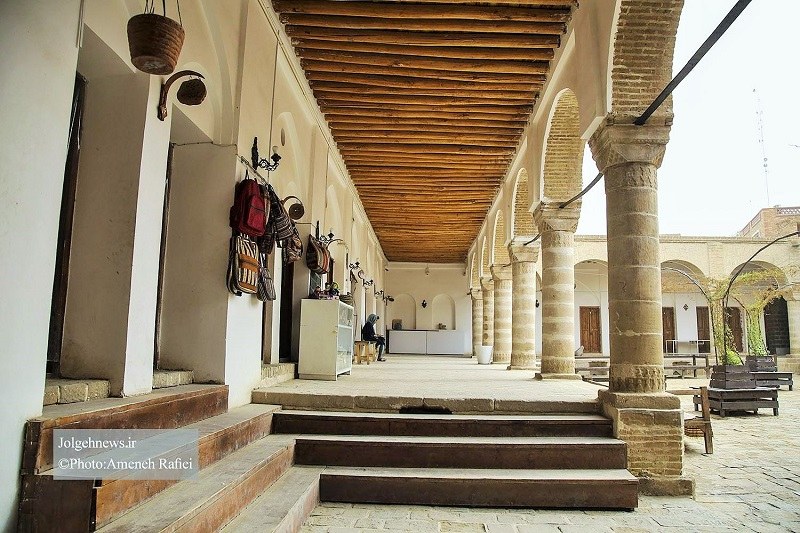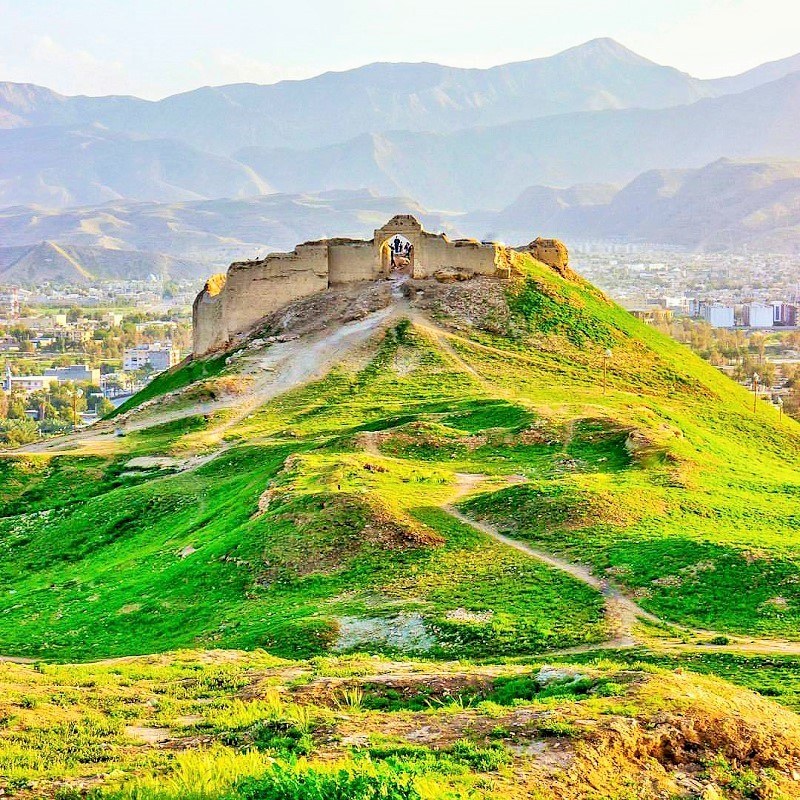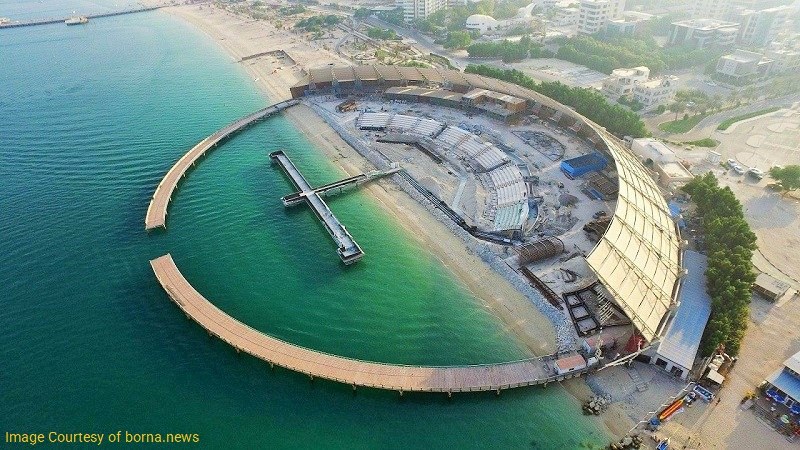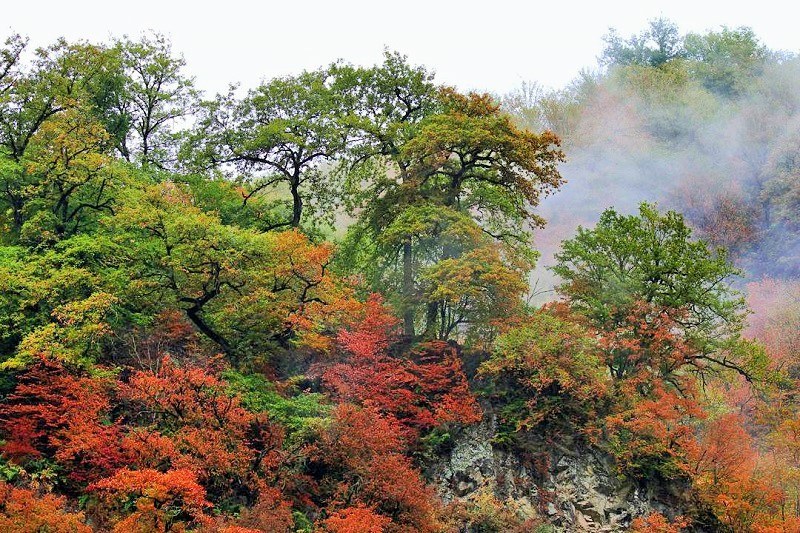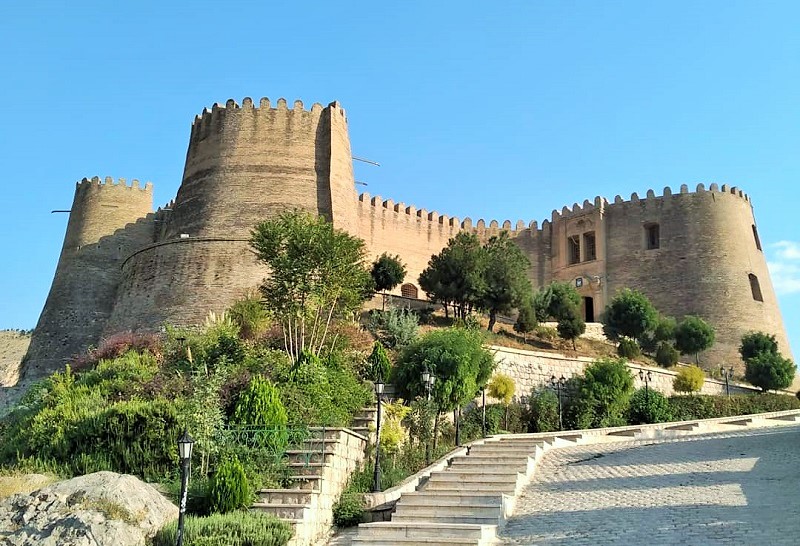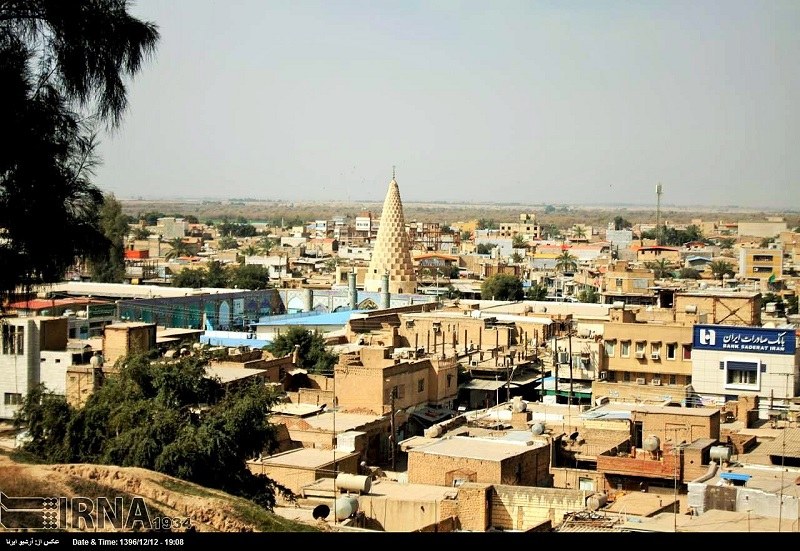
The ancient city of Susa (called Shush today) is one of the ancient civilization centers. You can visit Shush tourist attractions to learn about its historical and natural attractions. They bring lots of domestic and international visitors to this city.
According to historical books, Susa was one of the most famous cities in the ancient world and has been the capital of the rule of Elam (Ilam) for several thousand years.
On the other hand, Susa was also the winter capital of the Achaemenid Empire. The city is one of the oldest known human settlements in the world. The monuments such as Apadana palace, Shush castle, the tomb of Daniel, Haft Tappeh and Choqa Zanbil, as well as the natural attractions like the forest of Qaleh Nasir, will surprise every visitor.
Geography of Shush
The city of Shush is 5.6 km2 and is located 115 kilometers northwest of Ahvaz. It is 766 kilometers far from Tehran. The height of the city is 87 meters above sea level.
Shush has a hot and dry climate. In the center of the city, the highest summer temperature is 36ᵒC on average and the lowest is 12ᵒC on average. The weather is sultry in summer.
It is possible to travel to this city by car, plane, and train. It takes about 10 hours from Tehran to Shush by car. In addition to a private car, you can travel to Shush by bus. In this case, you have two options:
- In the South Terminal of Tehran, there are direct buses to Shush.
- You can take the bus to Ahvaz. In the midway, you can get off in Shush.
By plane, it takes 1 hour and 4 minutes to fly from Tehran to Dezful and 1hour and 11 minutes from Tehran to Ahvaz. Obviously, one has to take a taxi from those airports to Shush.
In addition, the trip is 13 hours by train from Tehran. Shush County has two railway stations: Shush and Haft Tappeh. The journey from Tehran to Shush begins from the cities of Qom and Arak. In Lorestan Province, you pass through Boroujerd and Khorramabad, and then you go to Andimeshk and eventually you reach Shush.
Any route you may take, it will be worth it to visit Shush tourist attractions to learn more about this ancient city of Iran.
Population and Economy of Shush
Iranian Population Census in 2016 estimated that the city of Shush had a population of 205,000 people.
The construction of the main road of Tehran – Khorramshahr and the National Railway has boosted the economic life of the city. In addition, the city of Shush had a huge economic development with the construction of the Dez Dam for the energy transmission network, the modern irrigation system, the establishment of cultivations and industries, especially in Haft Tappeh and the numerous industrial units in the northern region of Khuzestan especially around the area. In Shush, the service and trade sectors have more importance than other sectors.
The agricultural lands, permanent rivers full of water, extensive aquifers, forests in the margins of the river, pastures and cultivation centers in Shush County have made agriculture (farming, husbandry, and fishing) the major economic activity of the region.
History of Shush
There are many books written about the history of Shush. The ancient city of Susa has been the center of the Elamite civilization. Susa was the capital since about 2700 BC until the end of the Achaemenid Empire. The Elamites in this region have ruled from Susa as their capital city for about 2000 years.
Before the Mongols’ invasion, Susa used to be very flourishing and popular among its inhabitants. It was after the devastating attacks of the Mongols that the city habitability reduced.
Shush is one of the oldest known settlements in the region and its construction dates back to 4200 BC. Nevertheless, the first traces of human settlement found around Shush belong to a village that dates back to 7,000 BC.
In Elam and the center of Susa, women’s activities were not limited to housework. Like men, women signed documents, traded, inherited and made a will as to how their properties to be divided after their death.
During the Achaemenid period, Susa regained its past glory and became the crossroad of the East and the West. During the Achaemenid period and under the order of Darius the Great, a Royal Road was constructed, which passed through Susa. The ancient city of Susa linked the Achaemenid political capital to Pasargadae, Persepolis and other cities of the empire, including the city of Sardis, the capital of Lydia.
Historical Attractions inside the City
Here’s the list of the interesting places inside Shush:
Shush Museum
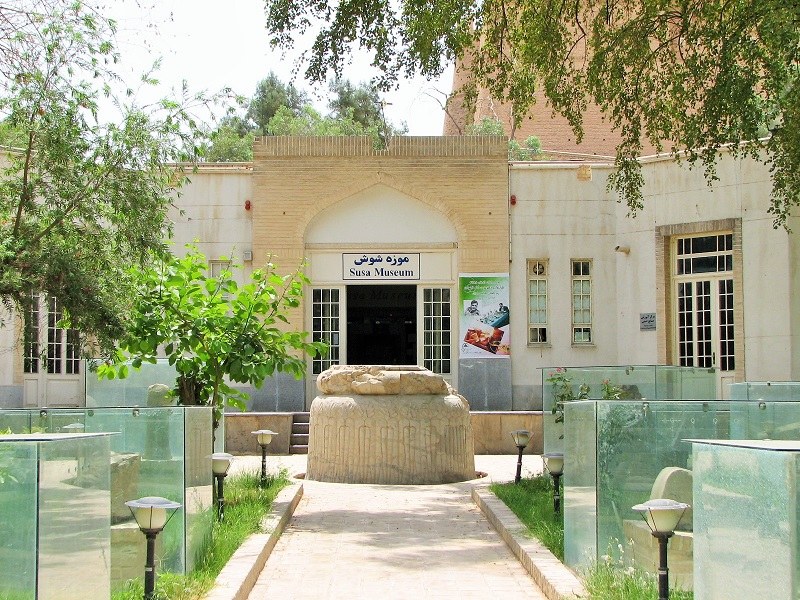
The construction of the museum dates back to 1966. It is one of the major museums of the ancient Iranian objects. The visit to this museum is like a journey through history.
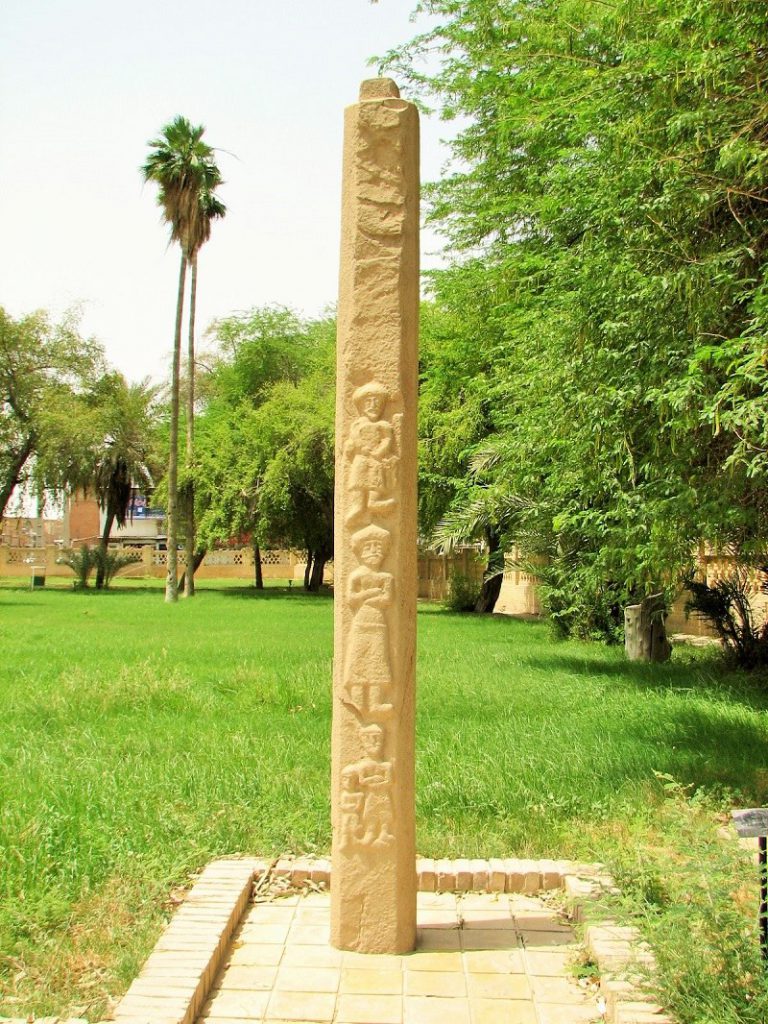
Tomb of Daniel the Prophet
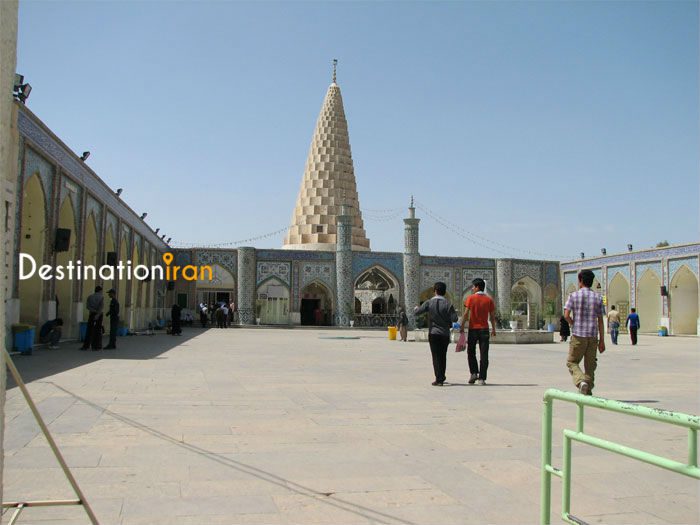
This tomb with its beautiful conical dome is the religious attraction of Shush. About the 7th BC, Daniel, the prophet, came to Shush with Jews released from Babylonia in Mesopotamia. Every year, several pilgrims come from all over Iran and the world to visit the tomb. Daniel was descended from Judah, the son of Jacob.
The tomb of Daniel is one of the main historical attractions of Shush you must see.
Tomb of Dabal al-Khuzai
It is one of the famous poets of Shi’a Muslims who lived during the rule of the Abbasid. The tomb of Dabal al-Khuzai is located in the center of the city of Shush, next to the cultural complex of Dabal al-Khuzai.
Historical Attractions outside the City
Here’s a list of interesting places outside Shush:
Ancient Mounds of Shush
The famous mounds of Shush where archeologists have found numerous ancient objects are Jouy Mound in the north of Jafarabad, the Band Bal Mound, Bouhalan Mound. The mounds date back to the prehistoric era called the Susiana era.
This site, which is a major historical attraction of Shush, is just on the outskirt of the city and very easy to reach.
Apadana Palace in Susa
The Apadana Palace of Susa was the winter palace of the Achaemenid Kings and the main palace of Darius I (Darius the Great), the Achaemenid king. He ordered to build the palace in about 515-521 BC in Susa on the remains of Elamite monuments.
Shush Castle (Acropolis)
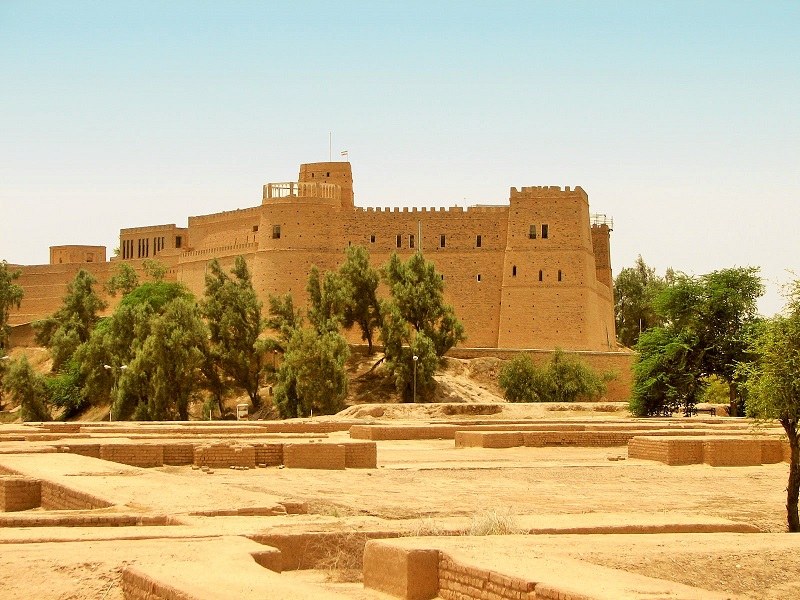
Shush Castle is a fortress built on a historical mound by Jacques de Morgan, a French mining engineer, and archeologist. He built it for the residence of French archaeologists near the Tomb of Daniel the Prophet in Shush. The architecture and design are Medieval.
Royal Road
It refers to a Royal Road built during the Achaemenid period and at the behest of Darius the Great. It linked the Achaemenid political capital to Pasargadae, Persepolis, and other imperial cities, including the city of Sardis, the capital of Lydia.
Choqa Zanbil Ziggurat
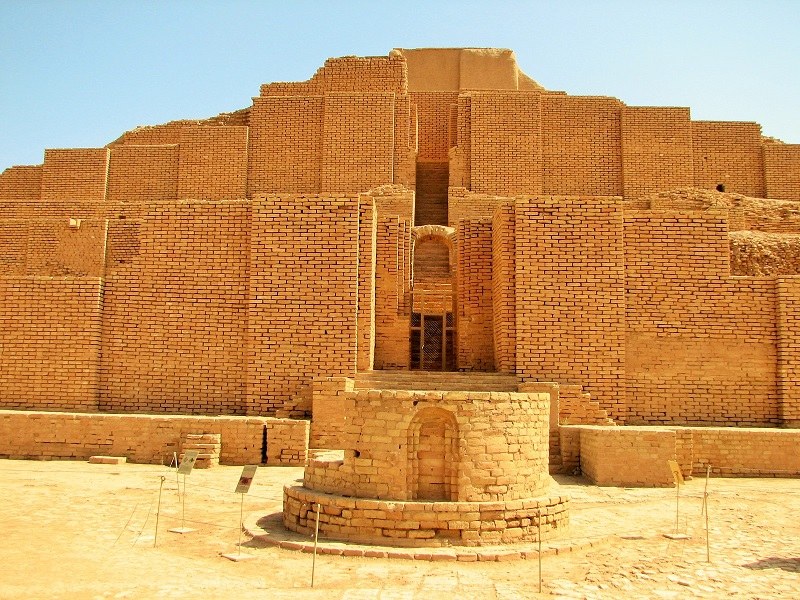
The ancient temple of the Elamites, Choqa Zanbil Ziggurat, is about forty kilometers southeast of the ruins of the Apadana Palace in Shush. This historical attraction of Susa is an ancient temple in form of a ziggurat built at about 1250 BC. This monument is also inscribed as a UNESCO World Heritage Site.
This temple is one of the main Shush historical attractions that you must see if you travel to this city.
Palace of Ardeshir (Shahoor Palace)
The palace is located on the west side of Shahoor River. Archeologists discovered Ardeshir Palace in 1968. Built by Ardeshir II, the Sassanid king, this palace is located 350 meters west of Apadana.
Eyvan Karkheh
Eyvan Karkha is a city of Sassanid era, built at the time of Shapur II. It is located 20 km northwest of the ruins of Susa and 20 km southwest of Dezful City, on the right side of the Karkheh River on Dehloran Road. The city is the most complete and largest buried Sassanid city.
Haft Tappeh
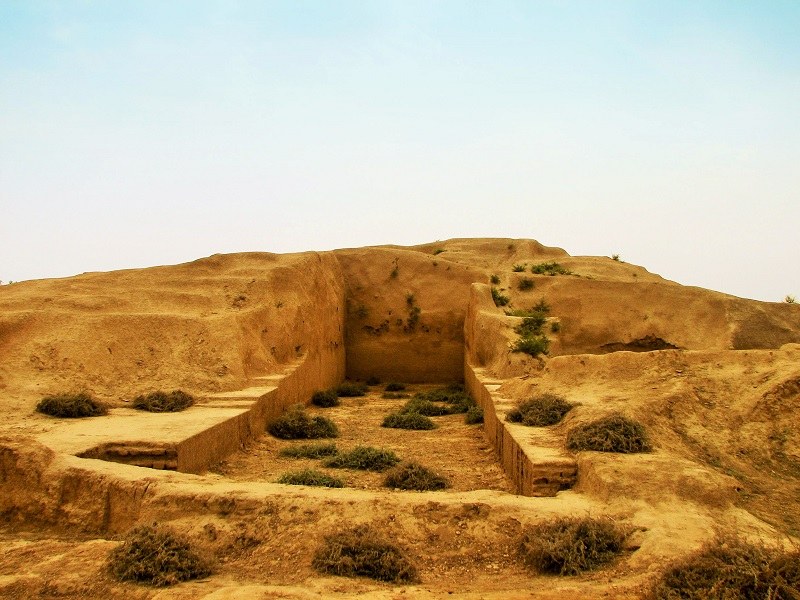
The ancient site of Haft Tappeh (meaning Seven Mounds in Persian) is located about 15 km southeast of Shush city. As its name describes, the site is composed of several mounds. The vastness of this ancient site has attracted various explorers.
Natural Attractions around the City
Here’s a list of natural wonders in and around Shush:
Karkheh River
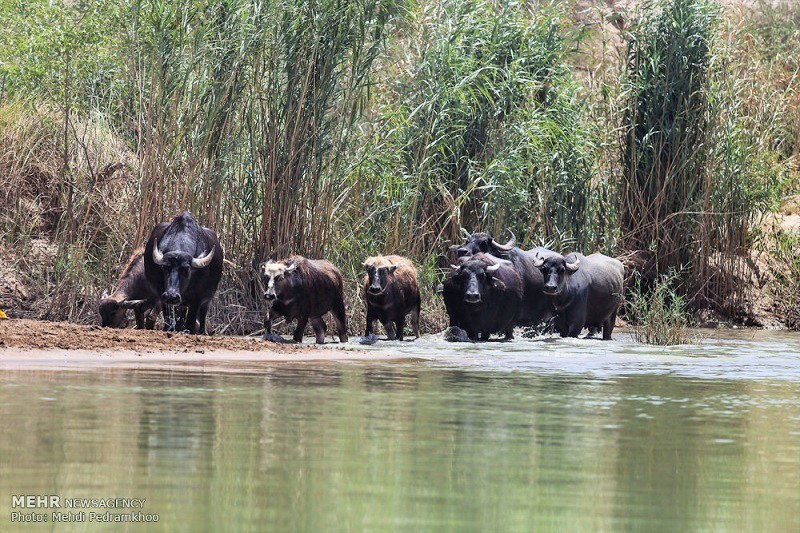
Karkheh is a river located in the southwest of Iran in Khuzestan Province. Karkheh River flows from the north to the south. After passing through the ancient buildings in Shush, it redirects to the west. Karkheh region, 5 km west of the transit road of Ahvaz-Shush, is located as a green stripe on the margin of the Karkheh River.
After Karun River and Sefid Rud, Karkheh River is the third-longest river in Iran. This river originates from the Zagros Mountains.
Karkheh National Park
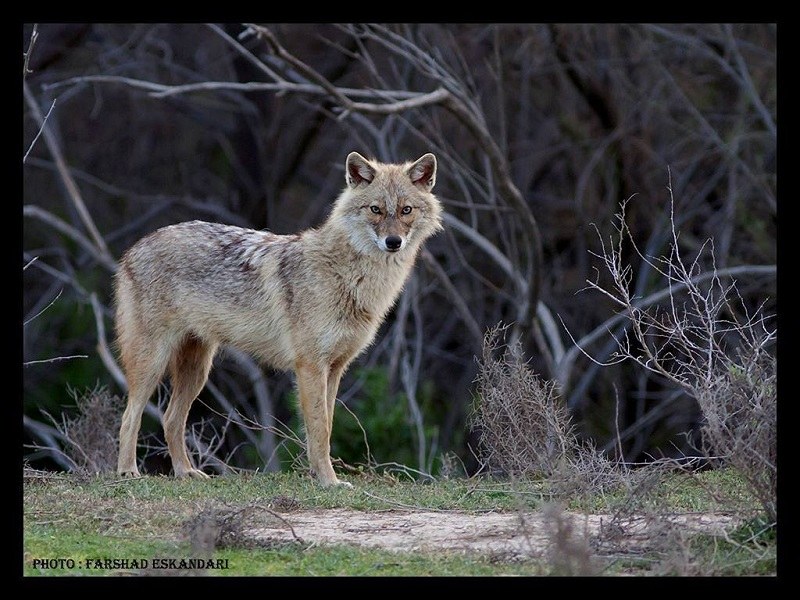
The national park and protected area of Karkheh are composed of hilly mountains in the north and a plain section in the south. Karkheh River passes through the National Park and flows toward the south and west of Khuzestan Province in sweeping meanders. There are beautiful forests such as Qaleh Nasir, with a very beautiful landscape at this park.
This national park is a major natural attraction of Shush that you should visit to learn about the richness of nature in this area.
Shahoor River
This beautiful river passes through the middle of the city of Shush. The historical documents show that Shahoor or Shavur is one of the oldest rivers in Iran.
Bamdej Wetland
If you walk along Shahoor River of Shush, after a few miles, your last station will be the beautiful wetland of Bamdezh (Bamdej). In fact, Shahoor River is one of the sources of supplying water for this wetland. With its seasonal overflows, it has a significant impact on the life of the wetland.
A trip to Shush tourist attractions will amaze you with so many wonders this ancient city can offer you. We recommend it highly to all the visitors of southwest Iran so that they can obtain a better understanding of ancient and modern Iran.




